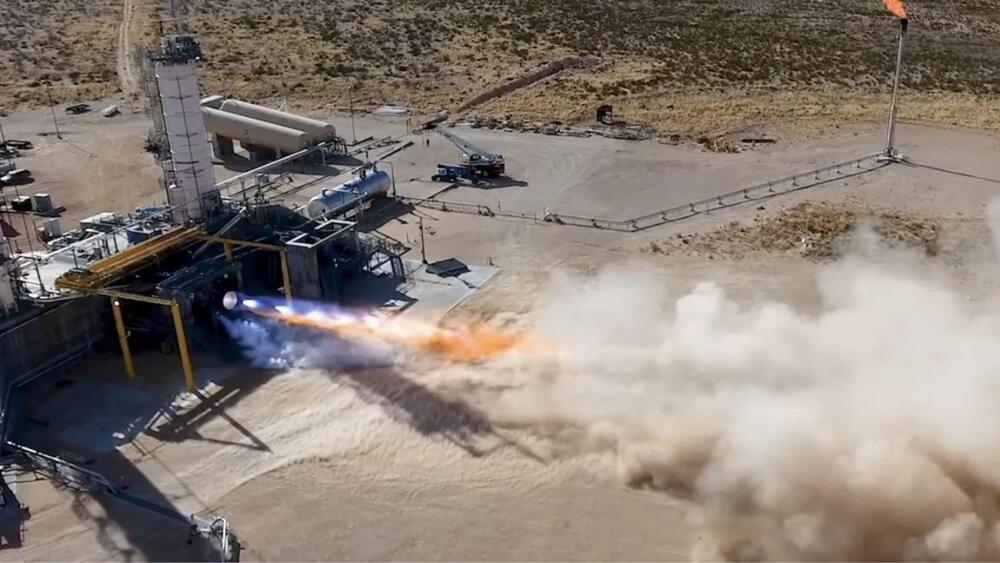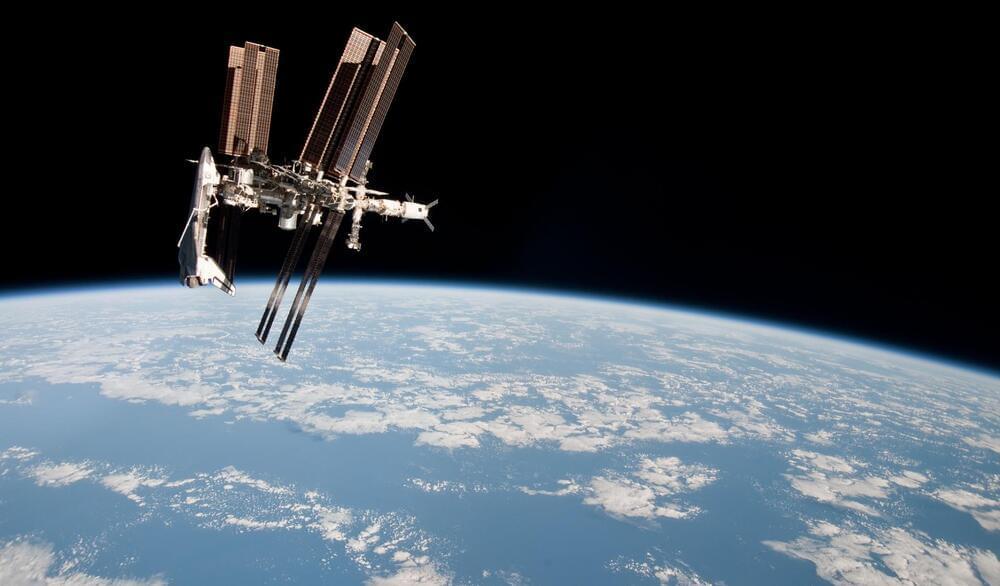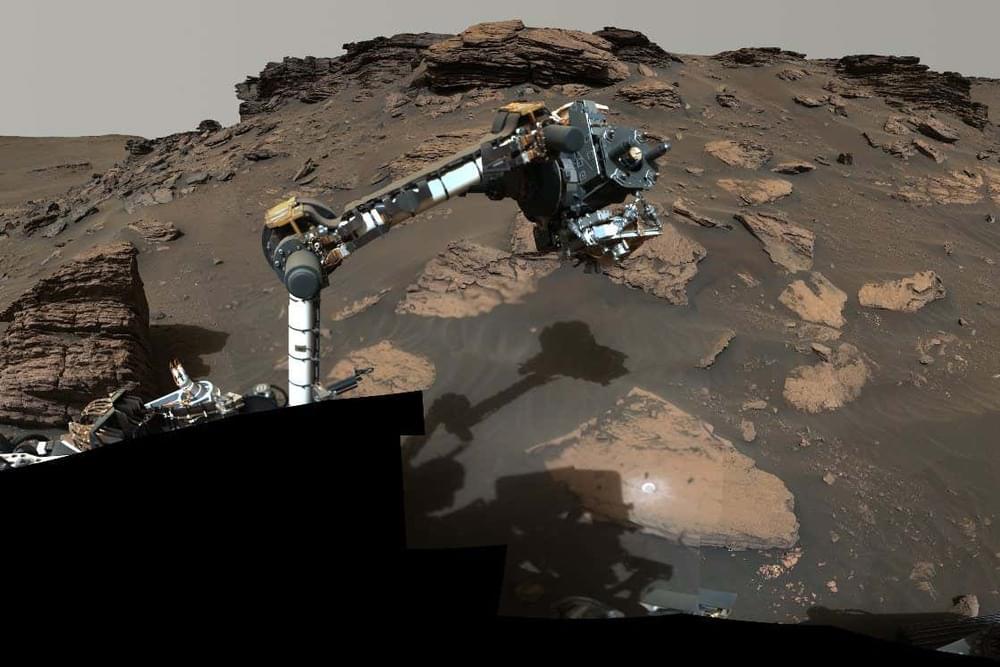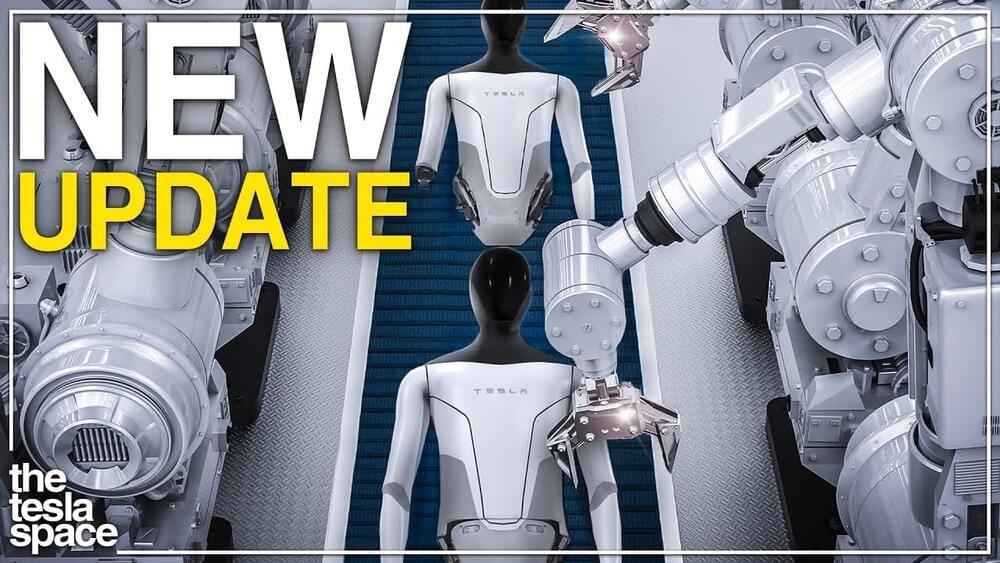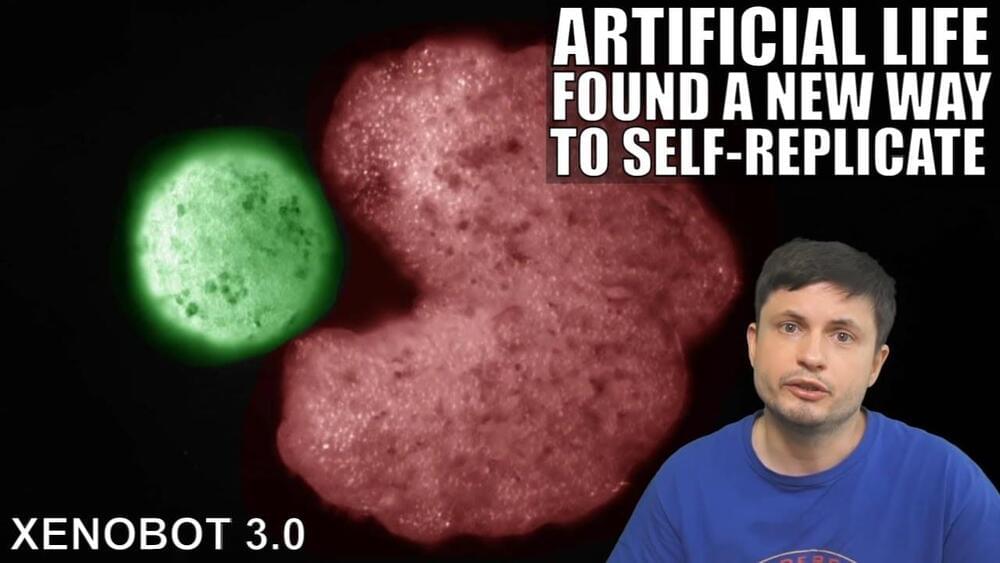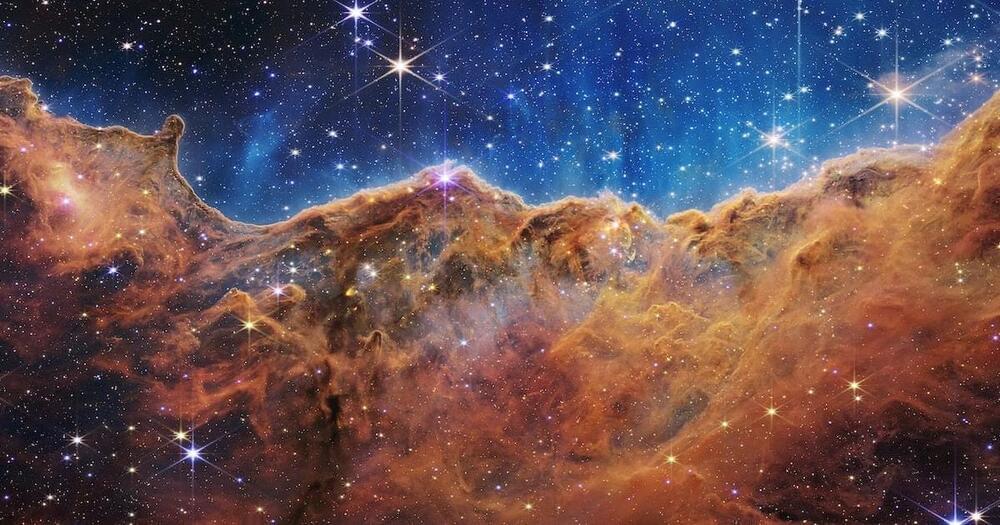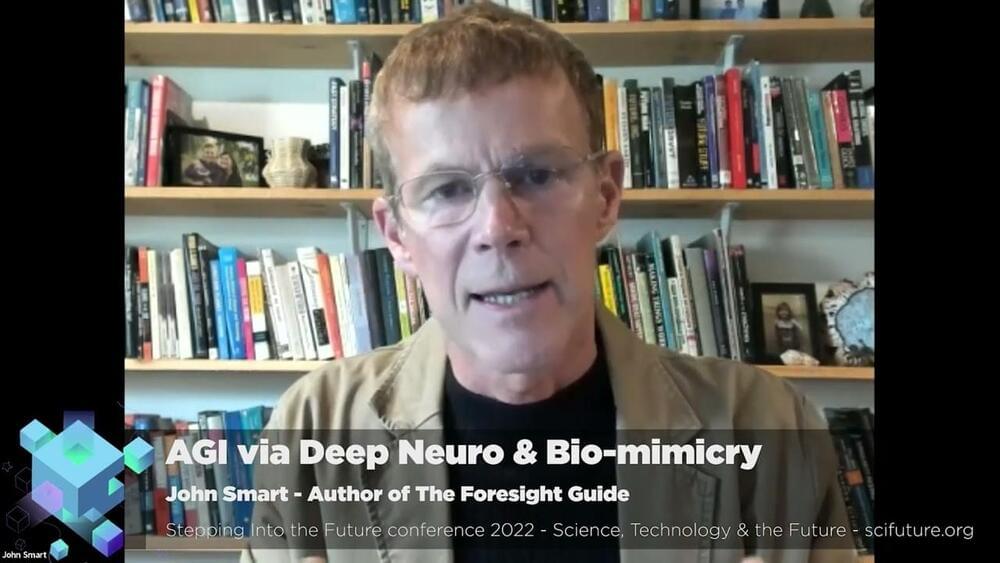Sep 19, 2022
Jeff Bezos’ Blue Origin nears certification for its BE-4 engine
Posted by Gemechu Taye in category: space
The much-delayed engine could help reduce the U.S.’s reliance on Russian models.
Blue Origin’s much-delayed BE-4 engine may be close to hitting the launch pad. As Bloomberg points out in a report, the U.S. Space Force recently announced in a statement that “Vulcan launch system development activities continue to make progress” towards a first test launch in December.
Continue reading “Jeff Bezos’ Blue Origin nears certification for its BE-4 engine” »
